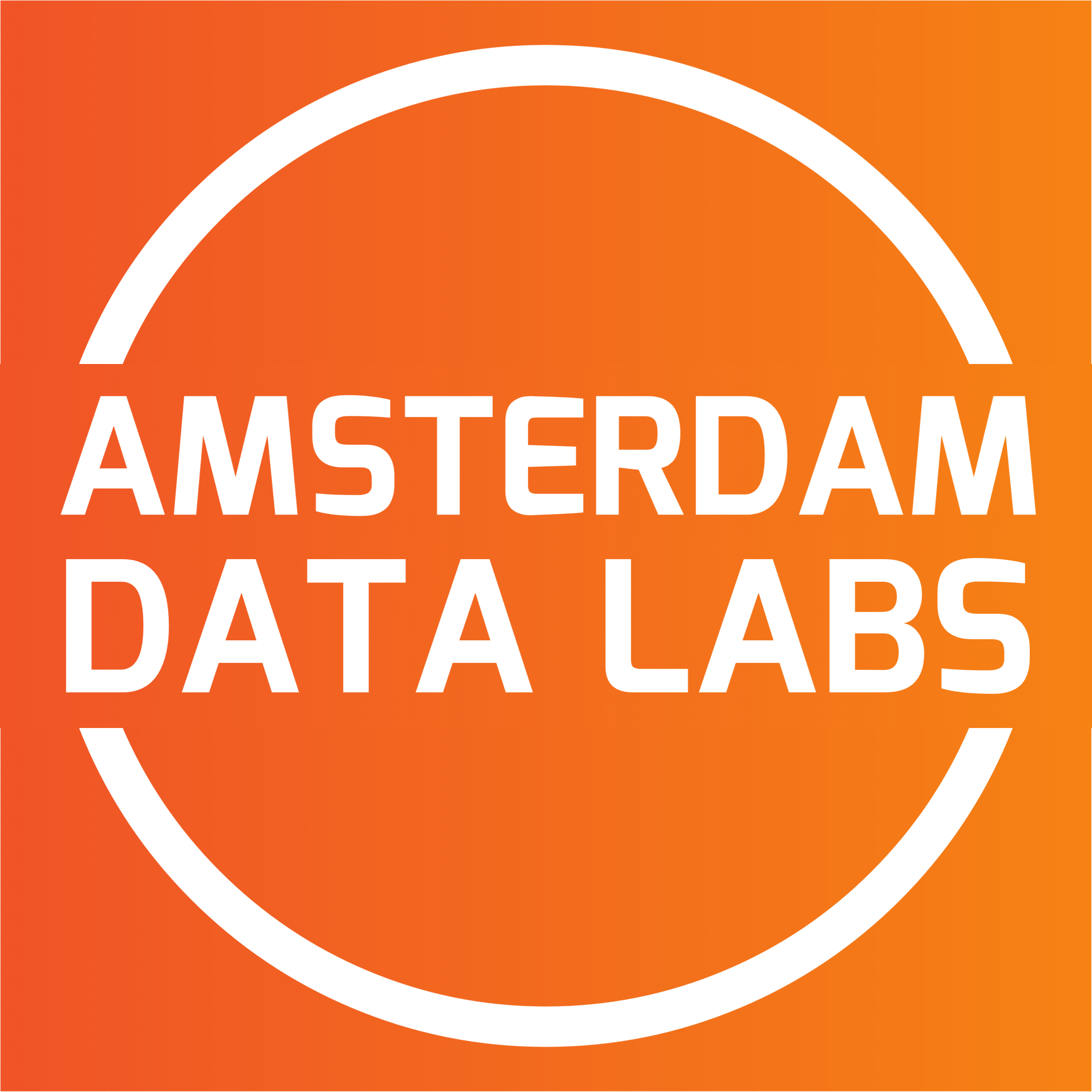A Beginner’s Guide to Data Science: Essential Tools and Techniques

Entering the field of data science can be overwhelming due to the vast array of tools and techniques available. This guide aims to simplify the journey for beginners by highlighting the essential tools and techniques you need to get started.
Essential Tools
Python and R Python and R are the most popular programming languages in data science. Python is known for its simplicity and versatility, while R is favored for statistical analysis and visualization.
Jupyter Notebooks Jupyter Notebooks provide an interactive environment for coding, making it easier to document your work and share it with others. They support multiple programming languages, including Python.
Pandas and NumPy Pandas and NumPy are Python libraries essential for data manipulation and analysis. Pandas provides data structures like DataFrames, while NumPy supports large, multi-dimensional arrays and matrices.
Scikit-Learn Scikit-Learn is a powerful Python library for machine learning. It offers simple and efficient tools for data mining and data analysis, supporting various supervised and unsupervised learning algorithms.
Tableau and Power BI Tableau and Power BI are popular data visualization tools. They allow you to create interactive and shareable dashboards, providing insights through visual analytics.
Essential Techniques
Data Cleaning Before analyzing data, it’s crucial to clean it. This involves handling missing values, removing duplicates, and correcting errors to ensure data quality.
Exploratory Data Analysis (EDA) EDA is the process of analyzing data sets to summarize their main characteristics. This step helps in understanding the data and uncovering patterns, anomalies, and relationships.
Feature Engineering Feature engineering involves creating new features from existing data to improve the performance of machine learning models. It requires domain knowledge and creativity.
Model Building and Evaluation Building and evaluating machine learning models is at the core of data science. This involves selecting the right algorithms, training models, and evaluating their performance using metrics like accuracy and precision.
Data Visualization Data visualization is essential for communicating insights effectively. Using tools like Matplotlib, Seaborn, Tableau, and Power BI, you can create visual representations of your data that are easy to understand.
